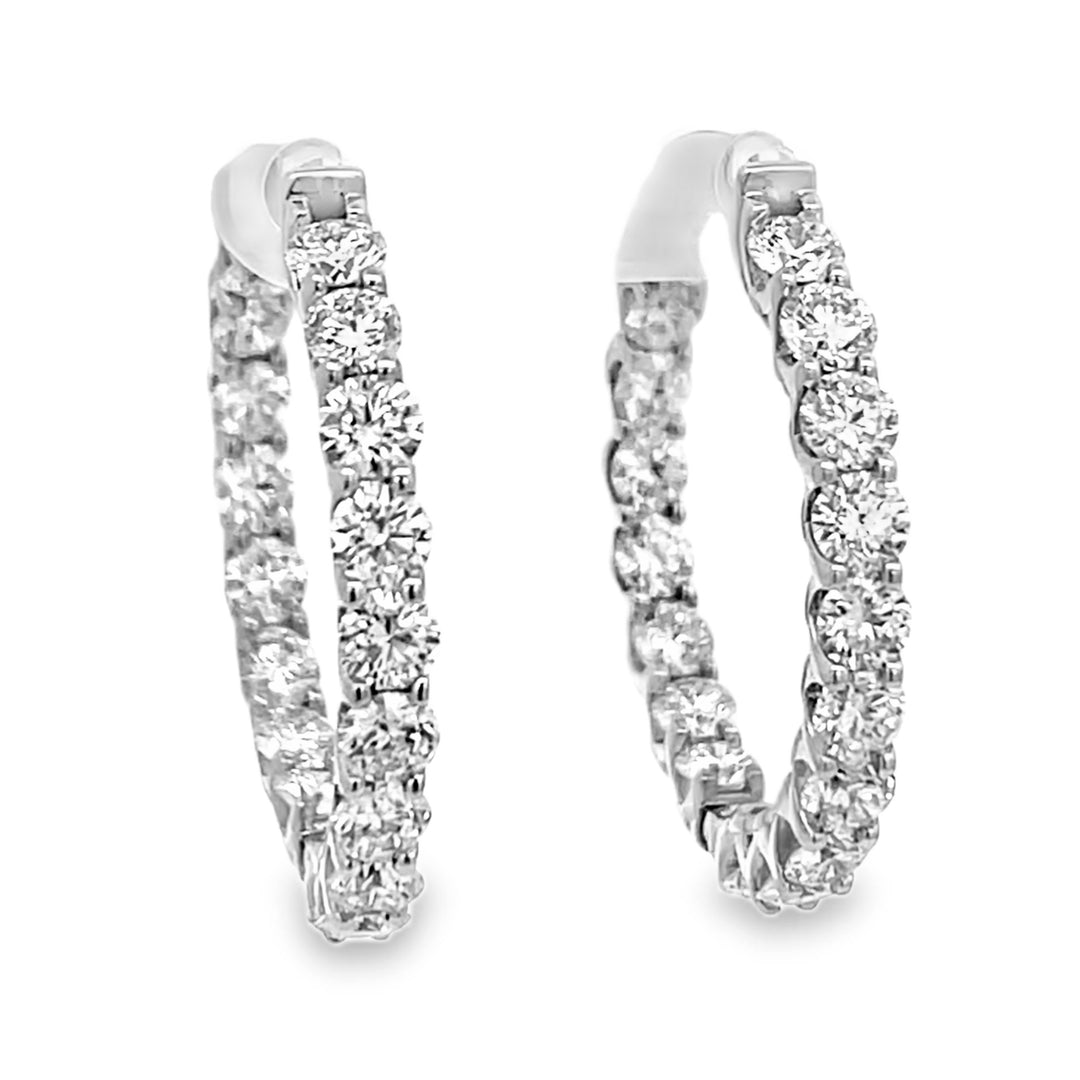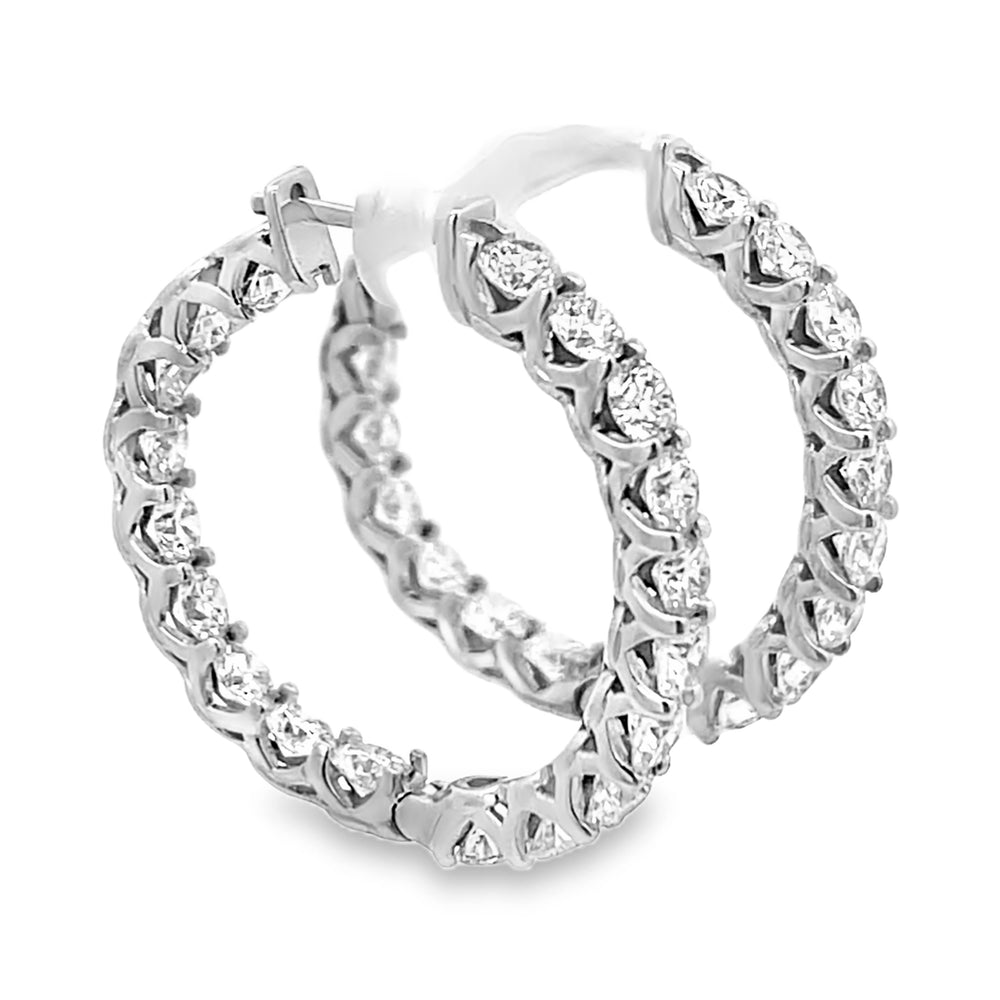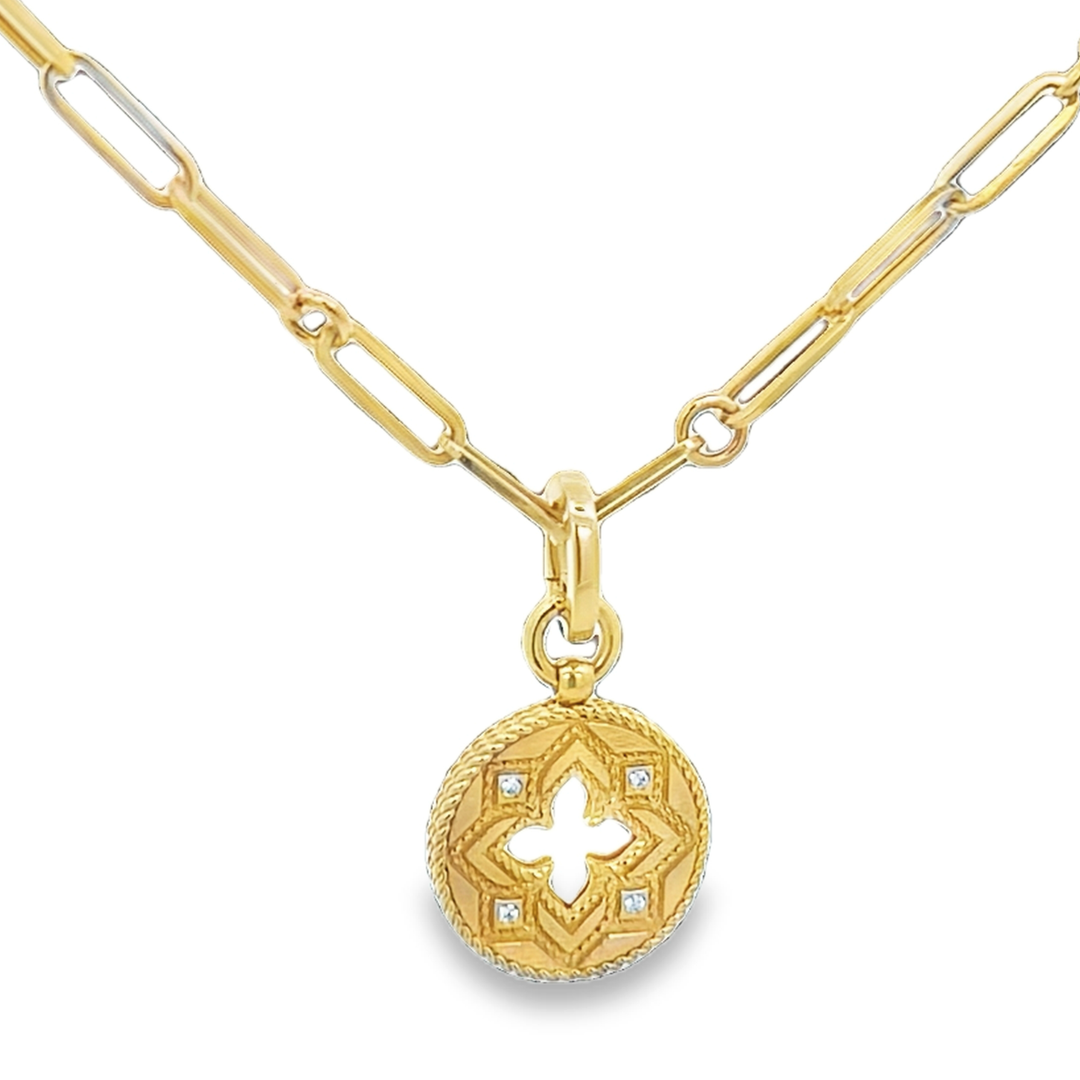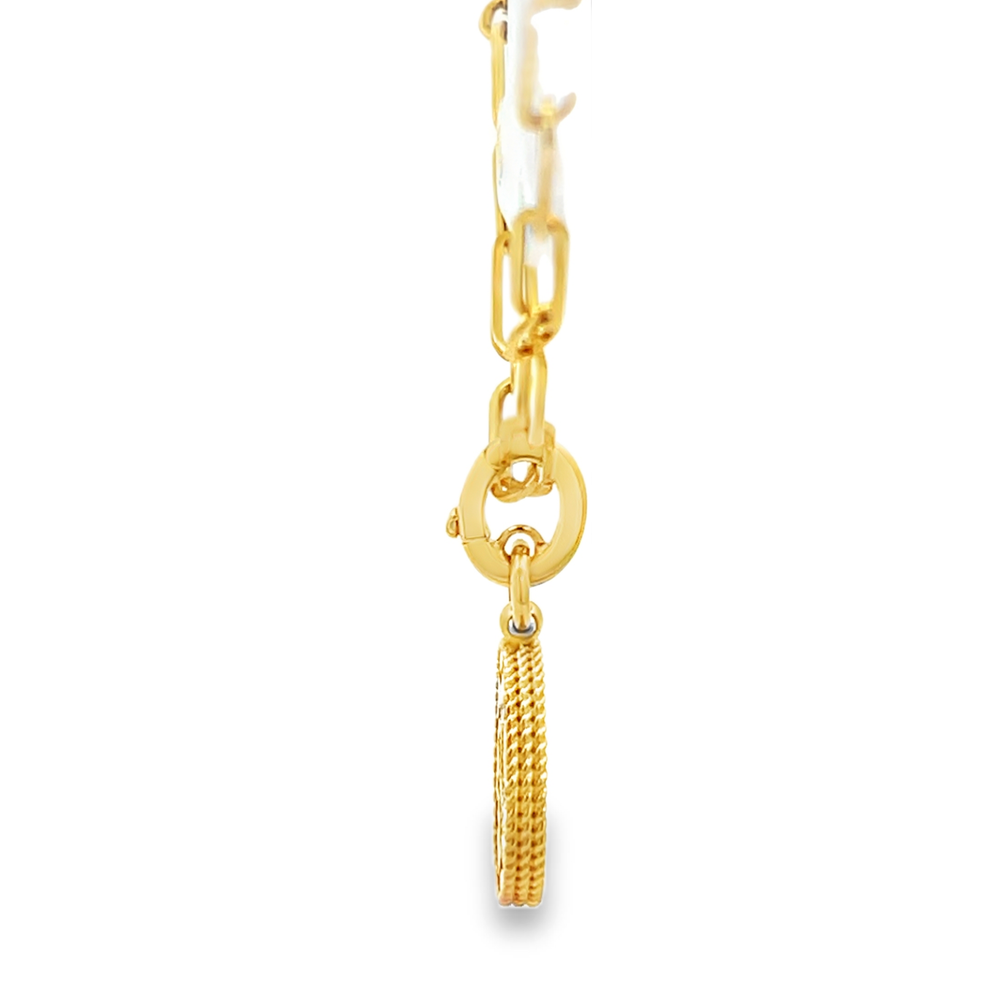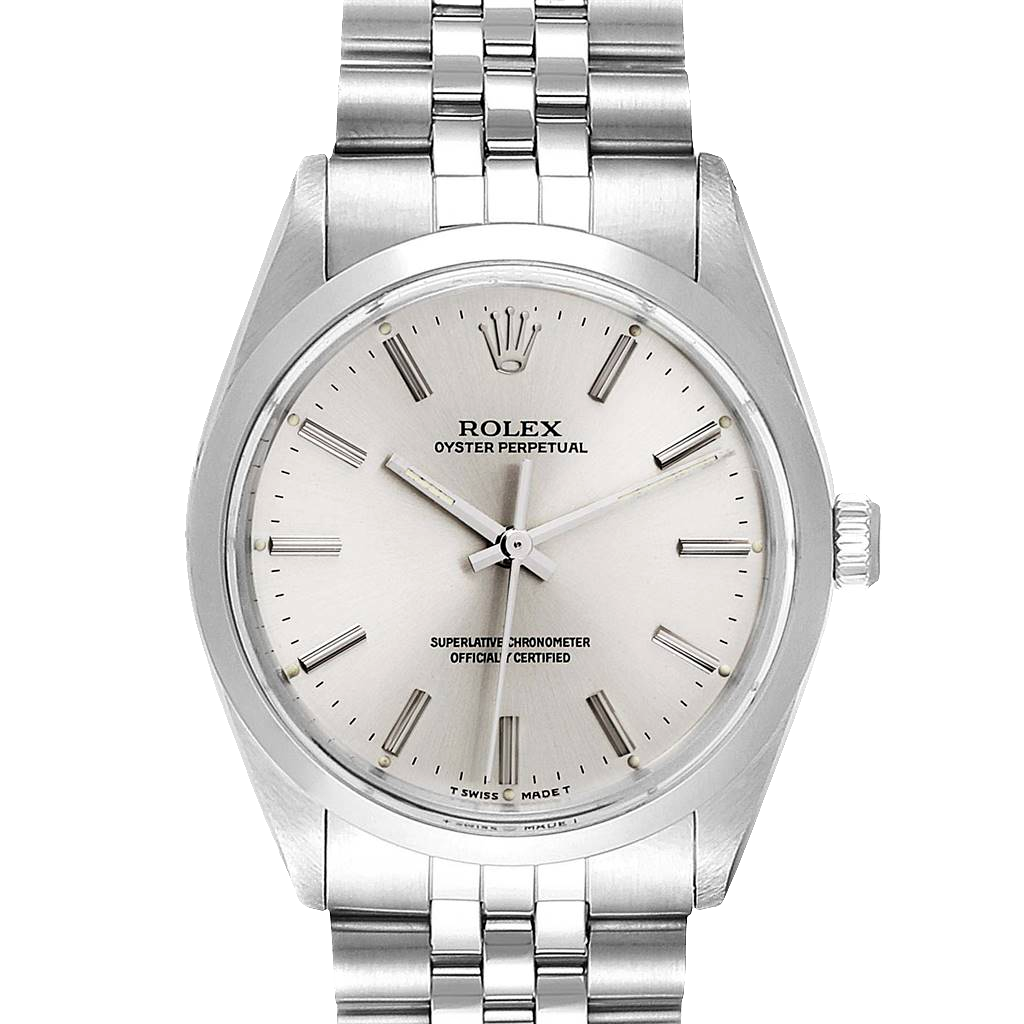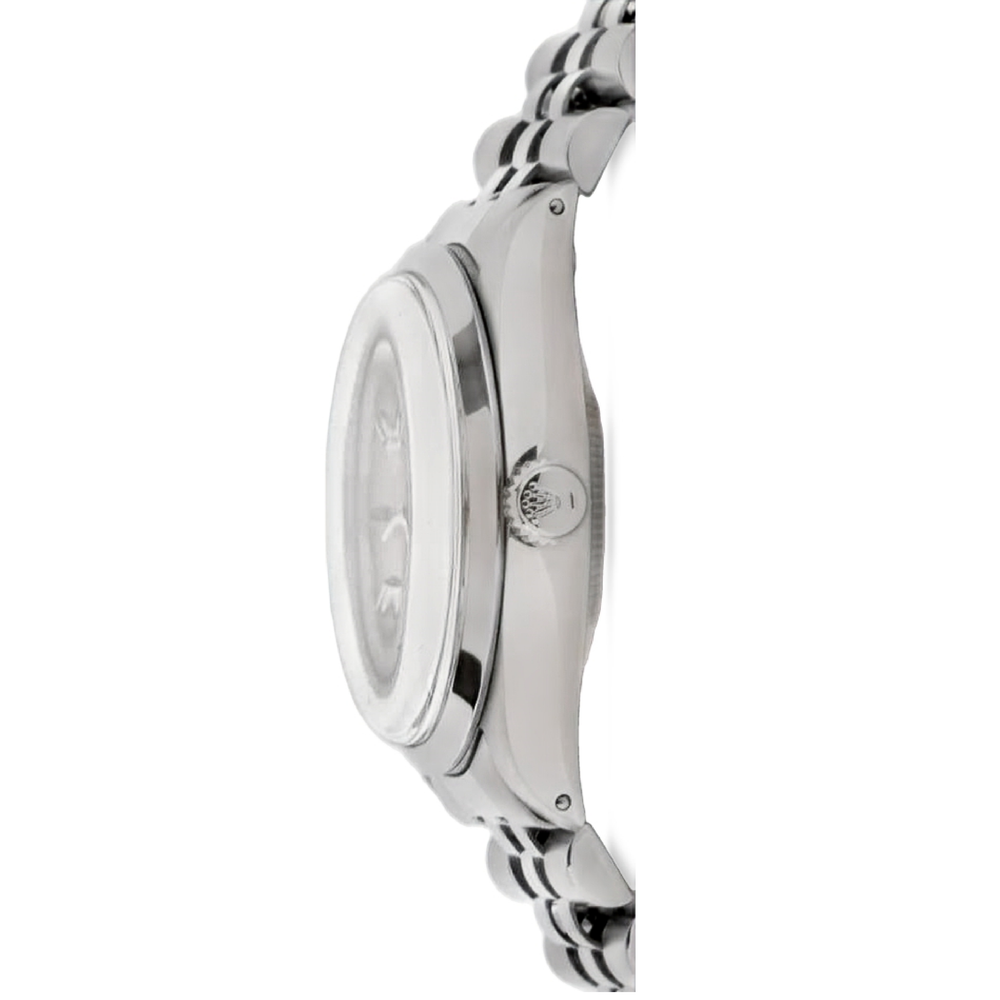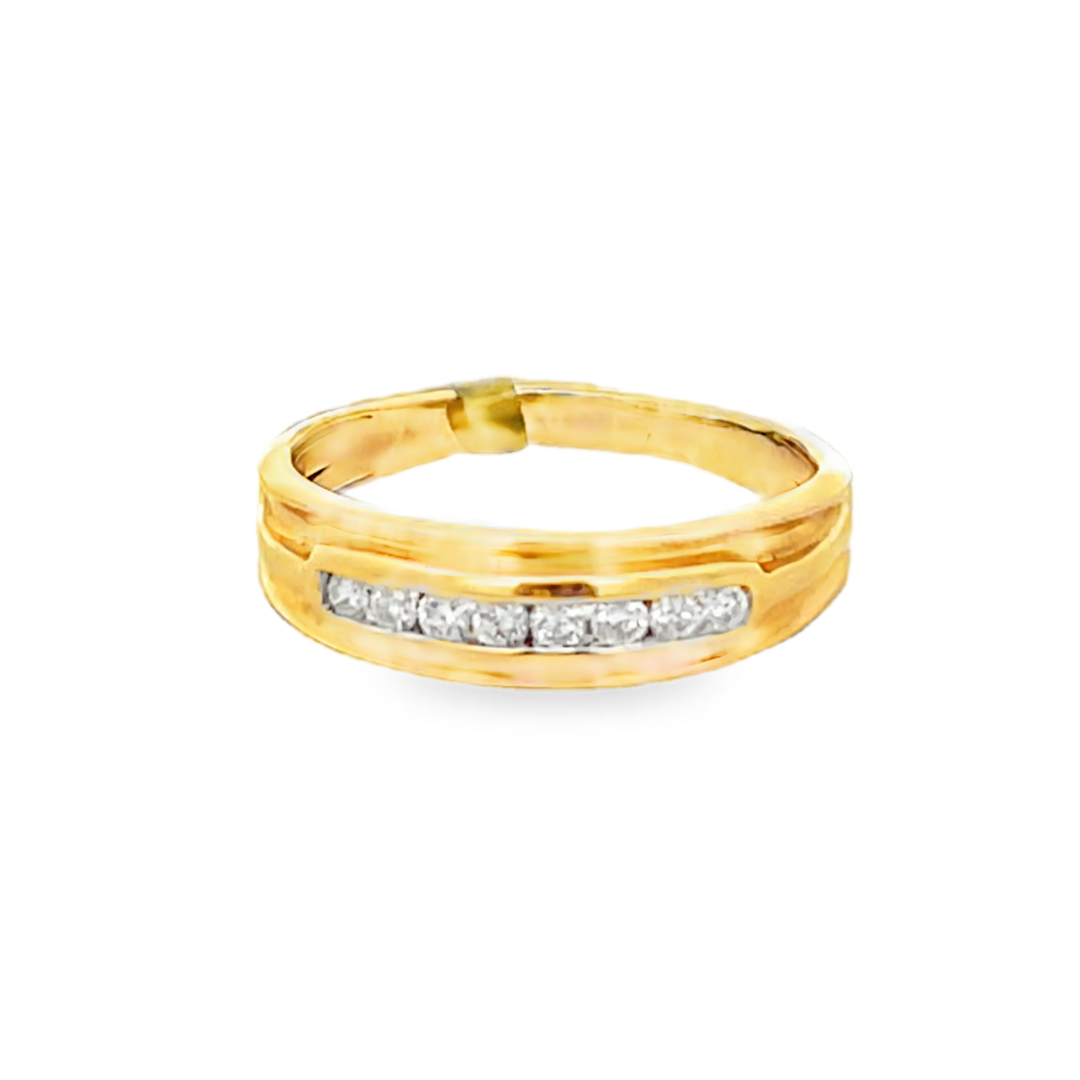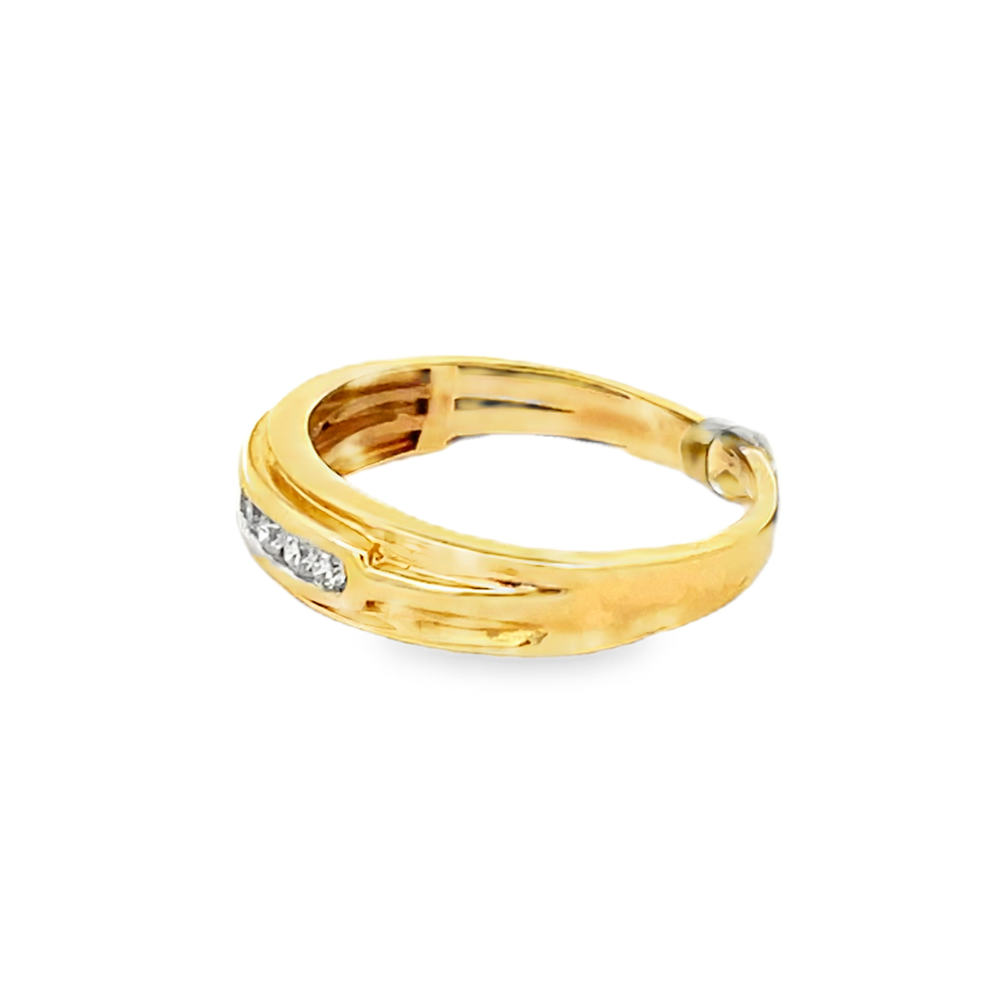
Full-Service Jewelers in Modesto, CA
Custom design, repairs, appraisals, engagement rings, wedding bands, and more — all in one trusted showroom.
Choosing the perfect diamond for your engagement ring is one of the most meaningful decisions you'll make. The shape you select becomes part of your love story—a symbol you'll wear every day and cherish for a lifetime.
Diamonds have captivated us for centuries as symbols of love, commitment, and timeless beauty. These precious gemstones represent some of life's most meaningful moments, from engagements to anniversaries. The jewelry landscape has evolved dramatically in recent years, with lab-grown diamonds emerging as a compelling alternative to natural diamonds. This shift has sparked conversations about value, ethics, and what truly matters when you're making such a significant purchase.
The diamond comparison between lab-grown and natural options isn't just about price—it's about aligning your purchase with your values, budget, and vision for your jewelry. Whether you're drawn to the traditional allure of earth-mined stones or the innovation behind sustainable jewelry, understanding the distinctions between these two options empowers you to make a confident decision.
This guide breaks down everything you need to know about lab-grown and natural diamonds, from their creation processes to their environmental impact, helping you determine which diamond type deserves a place in your collection.
If you're leaning towards natural diamonds but still want to explore affordable options, consider checking out some of the best sellers that combine quality and style without breaking the bank.
Understanding Diamonds: Lab-Grown vs. Natural
Natural diamonds are one of the Earth's most amazing geological achievements. They form about 100 miles below the surface, where extreme heat over 2,000 degrees Fahrenheit and immense pressure work together for 1 to 3 billion years. This process creates carbon crystals that eventually reach the surface through volcanic eruptions, making each natural stone a piece of ancient history.
Lab-grown diamonds, on the other hand, are created using a different method. Scientists imitate the natural diamond formation process in controlled laboratory environments, producing genuine diamonds in weeks instead of billions of years. There are two main methods used for production:
- Chemical Vapor Deposition (CVD): This method involves placing a diamond seed in a chamber filled with carbon-rich gas. At high temperatures, the gas breaks down and carbon atoms are deposited onto the seed, allowing it to grow.
- High Pressure High Temperature (HPHT): This method replicates the conditions found deep within the Earth by subjecting carbon to extreme pressure and heat using specialized presses.
Here's what you need to know: both lab-grown diamonds and natural diamonds have the same chemical composition (pure carbon in a crystalline structure), physical properties, and optical characteristics. You cannot tell them apart just by looking at them. They both refract light in the same way, have the same hardness, and possess identical brilliance. The only differences between them are their origin stories and the time it takes for them to be created.
Comparing Quality and Characteristics
When you're evaluating diamond quality, you'll find that lab-grown and natural diamonds share identical standards. Both types score a perfect 10 on the Mohs hardness scale, making them equally resistant to scratches and ideal for everyday wear in engagement rings and wedding bands. This exceptional durability means your diamond will maintain its brilliance for generations, regardless of its origin.
Clarity Grades: Universal Standards
The Gemological Institute of America (GIA) uses the same clarity grading system for both diamond types, ranging from Flawless (FL) to Included (I3). You'll encounter the same inclusions and blemishes in both categories, evaluated under 10x magnification. Whether you're examining a lab-grown or natural stone, you're looking at:
- Flawless to Internally Flawless (FL-IF): No visible inclusions
- Very Very Slightly Included (VVS1-VVS2): Minute inclusions difficult for skilled graders to see
- Very Slightly Included (VS1-VS2): Minor inclusions
- Slightly Included (SI1-SI2): Noticeable inclusions under magnification
- Included (I1-I3): Obvious inclusions affecting transparency and brilliance
Color Grades: Identical Spectrum
Color grades follow the same D-Z scale for both types. You'll typically find lab-grown and natural diamonds in the near-colorless range (G-J), offering excellent value without visible color to the untrained eye. The only way to distinguish between them requires specialized gemological equipment—lab-grown diamonds often feature microscopic laser inscriptions on the girdle for identification purposes.
Price Differences and Market Value
When it comes to buying diamonds, understanding the price differences between lab-grown and natural diamonds is crucial. These financial disparities can greatly influence your decision-making process.
Cost Comparison: Lab-Grown vs Natural Diamonds
On average, lab-grown diamonds are significantly more affordable than natural diamonds. Here's a breakdown of the price range for each:
- Lab-Grown Diamonds: You can expect to pay around $1,500 to $3,000 for a beautiful 1-carat lab-grown diamond.
- Natural Diamonds: In contrast, a similar quality natural diamond may cost anywhere from $4,000 to $6,000 or even higher.
The lower cost of lab-grown diamonds can be attributed to several factors:
- Streamlined Production: Lab-grown diamonds are created in controlled environments using advanced technology. This eliminates the need for extensive mining operations and reduces production costs.
- Shorter Supply Chains: With lab-grown diamonds, there are fewer intermediaries involved in the supply chain. This means that the prices are not inflated by multiple parties taking their cut.
Understanding Value Retention
While lab-grown diamonds offer significant savings upfront, it's important to consider their long-term value retention compared to natural diamonds.
Natural diamonds have a reputation for holding their market value over time. This is primarily due to their geological rarity and established resale markets. If you decide to sell a natural diamond in the future, you can expect to recoup around 50% to 70% of your initial investment.
On the other hand, lab-grown diamonds currently experience more rapid depreciation. Similar to how new cars lose value quickly once they're driven off the lot, lab-grown diamonds may not retain their worth as well in the resale market.
Budget Considerations
Your budget plays a significant role in determining which type of diamond is right for you. If you're working with a specific budget, lab-grown diamonds offer an opportunity to maximize carat size and quality without compromising on brilliance.
With the money saved from choosing a lab-grown diamond, you could:
- Invest in a more intricate setting that enhances the overall appearance of the ring.
- Save for other important priorities such as a honeymoon or home purchase.
At Gabriel Fine Jewelers in Modesto, we understand that every customer has unique financial goals and personal values. That's why we offer competitive pricing on both lab-grown and natural diamonds. Our knowledgeable team is here to assist you in making an informed decision that aligns with your preferences and budgetary constraints.
Ethical and Environmental Considerations
When you're choosing between lab-grown and natural diamonds, the environmental impact and ethical sourcing become critical factors in your decision-making process.

Start your custom design or see our full Services.
The Environmental Impact of Natural Diamond Mining
Natural diamond mining creates significant environmental challenges. The extraction process disrupts vast areas of land, requires substantial water resources, and generates considerable carbon emissions. Large-scale mining operations can displace ecosystems and communities, leaving lasting scars on landscapes. You should know that a single carat of mined diamond can generate nearly 100 square feet of disturbed earth and produce approximately 250 tons of mineral waste.
The Ethical Concerns with Natural Diamonds
The ethical concerns surrounding natural diamonds extend beyond environmental impact. Labor practices in certain mining regions raise serious questions about worker safety, fair wages, and human rights. While initiatives like the Kimber Process aim to prevent conflict diamonds from entering the market, gaps in oversight still exist.
The Sustainability Benefits of Lab-Grown Diamonds
Lab-grown diamond sustainability offers a compelling alternative. These diamonds eliminate the need for mining operations entirely, reducing land disruption and habitat destruction. You'll find that lab-grown diamonds provide greater transparency in their production chain, making it easier to verify ethical sourcing practices.
The Energy Considerations in Lab-Grown Diamond Production
The energy consumption in lab-grown diamond production deserves honest consideration. Creating diamonds in a laboratory requires significant electricity, though many manufacturers now use renewable energy sources to power their facilities.
Comparing the Environmental Footprint
When you compare the total environmental footprint, lab-grown diamonds typically demonstrate a smaller impact than their mined counterparts. This makes them an attractive option for sustainable jewelry enthusiasts who prioritize both beauty and responsibility.
Practical Applications and Use Cases
Engagement rings Modesto couples are choosing increasingly feature lab-grown diamonds, driven by both affordability and sustainability values. You can allocate more of your budget toward a larger carat weight or more intricate setting design when you select a lab-grown stone. This flexibility makes dream rings accessible without compromising on quality or appearance.
Custom jewelry Modesto designers like Gabriel Fine Jewelers work with both diamond types to bring your unique vision to life. Whether you're designing an heirloom-quality piece with a natural diamond or creating a contemporary statement with a lab-grown stone, the craftsmanship remains equally exceptional. Gabriel's 35 years of experience ensures your custom piece reflects your personal style, regardless of which diamond type you choose.
Wedding rings Modesto shoppers face a personal decision that extends beyond aesthetics. Your choice between natural and lab diamonds Modesto jewelers offer reflects your priorities:
- Investment-focused buyers often prefer natural diamonds for their long-term value retention and traditional appeal
- Design-oriented customers may choose lab-grown diamonds to maximize size and setting complexity within their budget
- Values-driven purchasers select based on environmental impact and ethical sourcing considerations
You'll find that neither choice compromises quality or beauty. The decision hinges on what matters most to you—whether that's the geological rarity of a natural stone, the sustainable production of a lab-grown diamond, or the ability to create a more elaborate design within your budget.
Why Choose Gabriel Fine Jewelers for Your Diamond Needs?
When it comes to selecting the perfect diamond, Gabriel Fine Jewelers Modesto offers unparalleled expertise. With 25 years of dedicated service to the Modesto community and Gabriel's impressive 35 years of industry experience—including a prestigious tenure with Moawad Jewelers International in Saudi Arabia—you're assured of working with professionals who possess an in-depth understanding of diamonds.
Wide Range of Diamond Options
The store specializes in engagement rings, wedding bands, and custom jewelry featuring both lab-grown diamonds and natural stones. Regardless of which diamond type you choose, you will enjoy the same level of craftsmanship and attention to detail. Gabriel and Liliana's custom jewelry expertise means you can bring your vision to life, whether you're designing a classic solitaire or a contemporary statement piece.
Convenient Location and Competitive Prices
Located at 1700 McHenry Avenue, Suite 27 in McHenry Village, Gabriel Fine Jewelers offers competitive prices that Modesto residents appreciate without compromising on quality. The combination of Gabriel's manufacturing background and direct relationships with suppliers translates to better value for you.
Extensive Showroom Experience
You'll discover renowned jewelry brands alongside one-of-a-kind custom pieces created in-house. The showroom invites you to explore various styles and settings, allowing you to see how different diamonds—both lab-grown and natural—perform in real-world designs. The team takes time to understand your preferences, budget, and values to guide you toward the perfect choice.
Visit Us Today!
Visit Monday through Saturday from 10 AM to 5 PM, or call (209) 529-2110 to schedule a personalized consultation.
Learn More About Diamonds Before You Buy
Walking into a jewelry store without understanding diamond quality factors can leave you vulnerable to overpaying or settling for less than you deserve. You need to know what you're looking at when comparing stones, whether lab-grown or natural.
The Four Cs—cut, color, clarity, and carat weight—form the foundation of diamond evaluation, but there's so much more to understand. You'll want to grasp how fluorescence affects appearance, why certification matters, and what specific grading terms actually mean for the diamond you're considering.
Gabriel Fine Jewelers provides comprehensive diamond education resources that break down these complex topics into digestible information. You can explore detailed explanations of grading systems, learn to read certification reports, and understand how different characteristics impact both appearance and price.
Taking time to educate yourself transforms the buying experience from overwhelming to empowering. You'll ask better questions, recognize quality when you see it, and feel confident in your investment—regardless of which diamond type you ultimately choose.
Conclusion
Your diamond choice should reflect what matters most to you—whether that's budget flexibility, environmental consciousness, or long-term investment value. Both lab-grown diamonds and natural diamonds offer exceptional beauty and durability. The decision comes down to aligning your purchase with your personal priorities and financial considerations.
You don't have to navigate this decision alone. Gabriel Fine Jewelers brings 35 years of industry expertise to help you find the perfect diamond for your unique situation. Their team understands the nuances between lab-grown and natural diamonds, and they'll guide you through every aspect of your purchase without pressure or sales tactics.
Ready to make your choice? Speak with a diamond expert Modesto at Gabriel Fine Jewelers. Visit their McHenry Village location at 1700 McHenry Avenue, Suite 27, or call (209) 529-2110 to schedule a personalized consultation. You'll receive honest advice tailored to your needs, backed by decades of craftsmanship and a genuine commitment to your satisfaction.
FAQs (Frequently Asked Questions)
What are the main differences between lab-grown and natural diamonds?
Natural diamonds are formed over billions of years under Earth's heat and pressure, while lab-grown diamonds are created in laboratories within weeks using methods like Chemical Vapor Deposition (CVD) or High Pressure High Temperature (HPHT). Chemically, physically, and optically, both types are identical, making them visually indistinguishable without specialized equipment. If you’d like guidance tailored to your goals, you can speak with a designer about your options.
How do lab-grown and natural diamonds compare in quality and durability?
Both lab-grown and natural diamonds rate 10 on the Mohs hardness scale, ensuring excellent durability and wear resistance. They follow the same clarity grading standards from Flawless to Included and typically fall within the near-colorless range (G-J) for color grades. This means their quality characteristics are comparable. For side-by-side comparisons during a visit, explore our full Services.
Why are lab-grown diamonds generally less expensive than natural diamonds?
Lab-grown diamonds usually cost 30–50% less than natural diamonds due to production efficiencies and streamlined supply chains. Natural diamonds' rarity contributes to their higher price point and better long-term market value retention. Budget considerations often influence buyers' choices between the two. If you’re optimizing for size or setting details, book a custom consultation to tailor the design to your budget.
What ethical and environmental benefits do lab-grown diamonds offer compared to natural diamonds?
Natural diamond mining can cause significant environmental disruption and raise ethical concerns regarding labor practices in certain regions. Lab-grown diamonds provide a more sustainable and ethically transparent alternative, despite some energy use in their production processes, appealing to consumers prioritizing sustainable jewelry options. To discuss your sustainability priorities, start your custom design with our team.
Are lab-grown diamonds suitable for engagement rings and custom jewelry?
Absolutely. Lab-grown diamonds have gained popularity for engagement rings, wedding bands, and custom jewelry due to their affordability and sustainability preferences. Gabriel Fine Jewelers in Modesto specializes in crafting exquisite pieces featuring both lab-grown and natural diamonds tailored to personal values and design priorities. See how we work on the Services page or begin your custom project.
Why should I choose Gabriel Fine Jewelers in Modesto for purchasing my diamond jewelry?
Gabriel Fine Jewelers brings over 25 years of local experience combined with Gabriel's 35 years of industry expertise. They offer competitive prices, superior craftsmanship, and specialize in engagement rings, wedding bands, and custom designs featuring both lab-grown and natural diamonds. Their McHenry Village location is renowned for unique brands and one-of-a-kind custom pieces. Learn more about our full Services or schedule a custom consultation.






